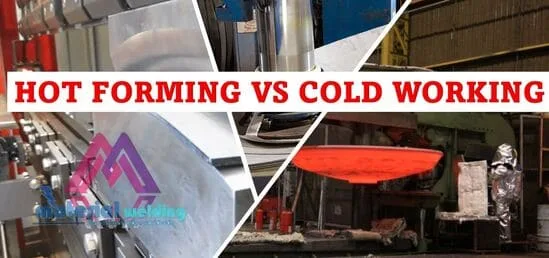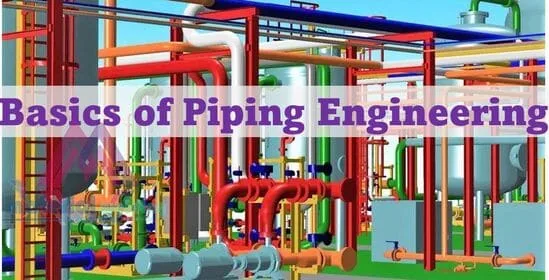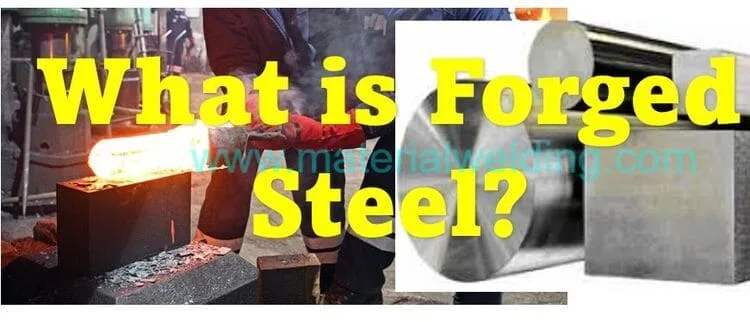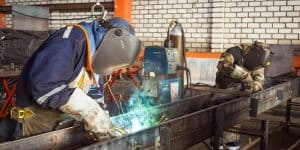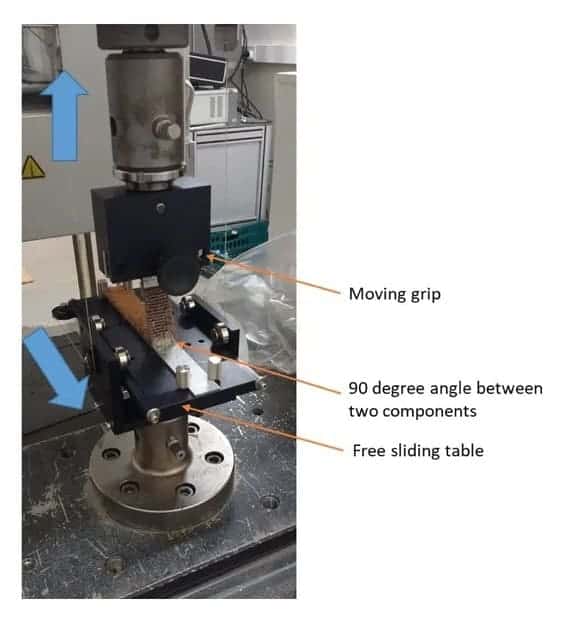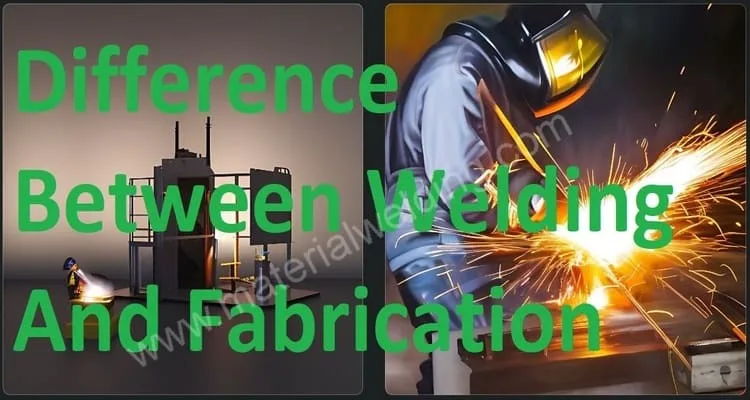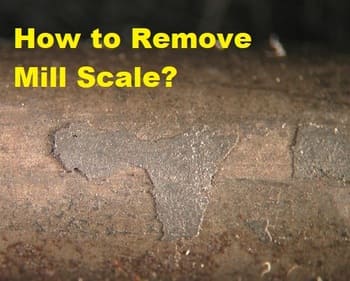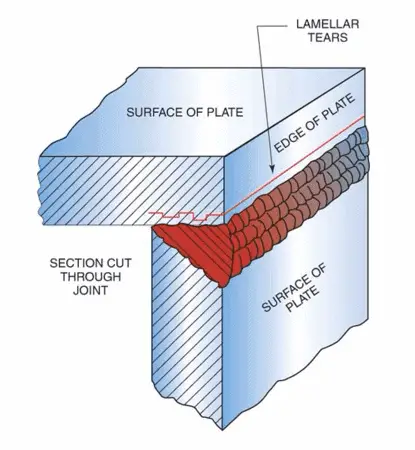Hot rolling and cold rolling are two of the most commonly used methods for shaping metal sheets or strips.
While both processes are used to produce flat metal products, they differ in temperature, method, and properties of the finished product.
In this article, we will discuss the differences between hot rolling and cold rolling, their advantages and disadvantages, and the industries in which they are used.
What is Hot Rolling?
Hot rolling is a metalworking process that involves heating metal above its recrystallization temperature and passing it through a series of rollers to reduce its thickness.
The metal is typically heated to a temperature between 800 and 1,200 °C, which makes it easier to shape and reduces its hardness.
The process is usually performed on large slabs of metal, which are then rolled into thin sheets or strips.
Advantages of Hot Rolling
Hot rolling offers several advantages over cold rolling. First, it allows for faster production times, as the metal is more malleable and easier to shape at high temperatures.
This makes it ideal for producing large quantities of sheet metal or strips quickly. Second, hot-rolled metal has a more uniform grain structure, which can result in improved mechanical properties such as strength and toughness.
Finally, hot rolling can improve the surface finish of the metal, making it more suitable for certain applications.
In summary, Hot rolling advantages are:
- Faster production times
- More malleable metal
- Improved mechanical properties (strength and toughness)
- Improved surface finish
Disadvantages of Hot Rolling:
The main disadvantage of hot rolling is that it can result in larger dimensional tolerances than cold rolling.
This is because the metal is more prone to deformation at high temperatures, which can cause it to warp or twist.
Additionally, hot-rolled metal can have a less uniform thickness than cold-rolled metal, which can make it less suitable for certain applications.
In summary, Hot rolling disadvantages are:
- Larger dimensional tolerances
- Less uniform thickness
- Prone to warping and twisting
What is Cold Rolling?
Cold rolling is a metalworking process that involves passing the metal through a series of rollers at room temperature to reduce its thickness.
Unlike hot rolling, the metal is not heated during this process, which results in a stronger, harder material.
Cold-rolled metal is often used in applications where dimensional accuracy and surface finish are critical.
Advantages of Cold Rolling:
One of the main advantages of cold rolling is that it results in a stronger, harder material than hot rolling.
This is because the metal is not softened by high temperatures, which can cause it to lose some of its strength.
Additionally, cold-rolled metal has more precise dimensional tolerances than hot-rolled metal, which makes it ideal for applications where accuracy is important.
Finally, cold-rolled metal has a smoother, more uniform surface finish than hot-rolled metal, which can make it more attractive for certain applications.
Disadvantages of Cold Rolling:
The main disadvantage of cold rolling is that it is a slower process than hot rolling. This can result in longer production times and higher costs.
Additionally, cold-rolled metal may have a lower ductility than hot-rolled metal, which can make it less suitable for certain applications.
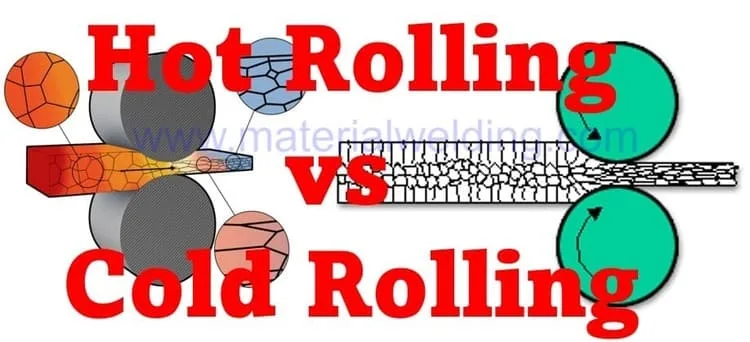
Hot rolling vs Cold rolling Comparison
| Aspect | Hot Rolling | Cold Rolling |
|---|---|---|
| Temperature | High (above the recrystallization temperature, typically 1100-1300°C) | Room temperature (no heating) |
| Process | Metal is passed through rollers to reduce thickness and shape | Metal is passed through rollers to reduce thickness and shape |
| Material properties | More malleable, softer | Stronger, harder |
| Mechanical properties | Improved toughness and strength | Lower ductility, higher hardness |
| Dimensional tolerance | Larger | More precise |
| Surface finish | Rougher | Smoother and more uniform |
| Production time | Faster | Slower |
| Production cost | Lower | Higher |
| Applications | Construction materials, railway tracks, large pipes, structural shapes | Automotive parts, appliances, electronic components, precision metal parts |
Applications:
Hot-rolled metal is often used in applications where strength and toughness are important, such as construction materials, railway tracks, and large pipes.
Cold-rolled metal is often used in applications where dimensional accuracy and surface finish are critical, such as automotive parts, appliances, and electronic components.
Conclusion:
In conclusion, both hot rolling and cold rolling are important metalworking processes that have their own advantages and disadvantages.
Hot rolling is faster and can produce more malleable metal, while cold rolling produces stronger, harder, and more precise metal.
The choice between the two methods depends on the specific requirements of the application.
